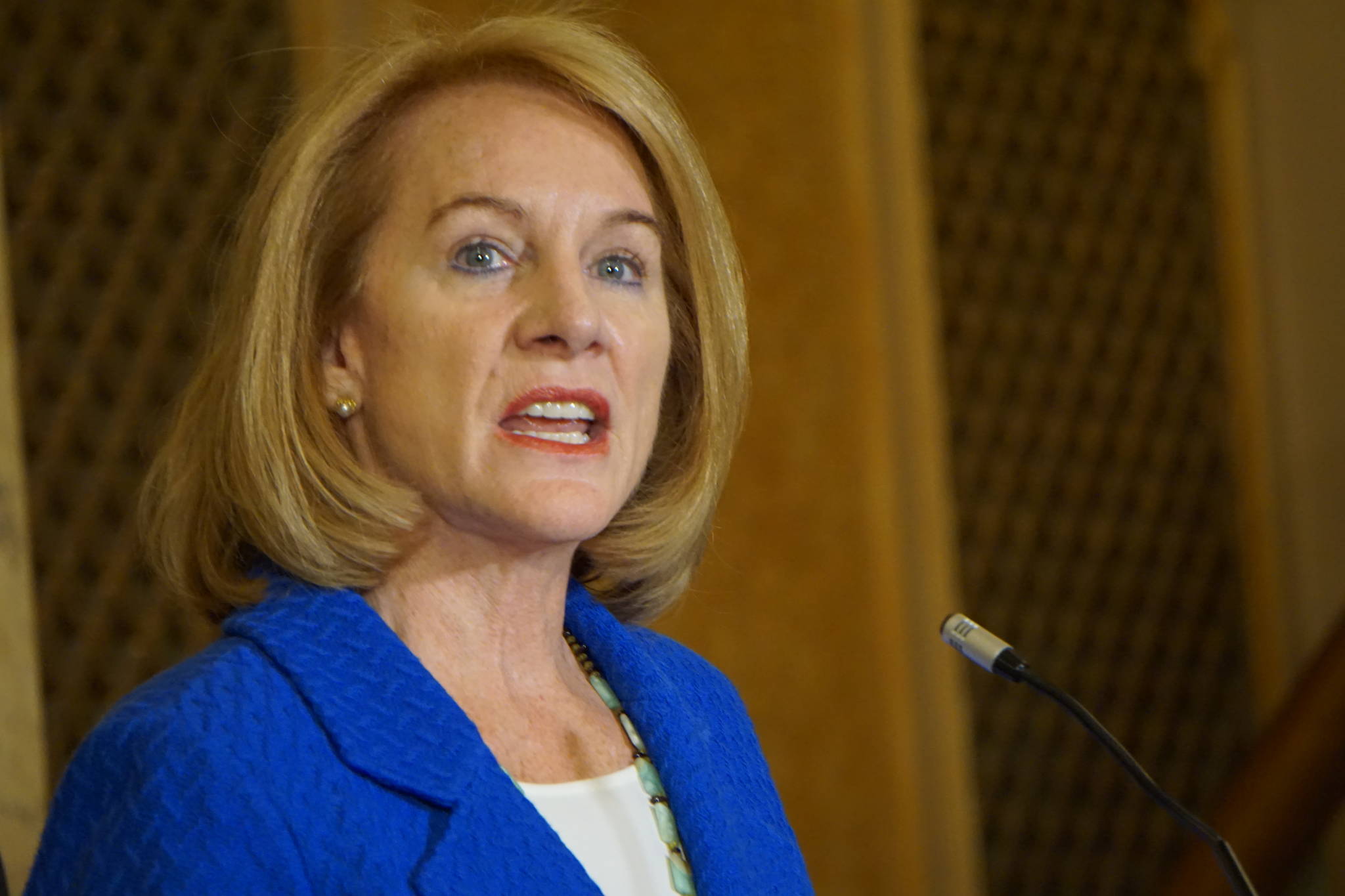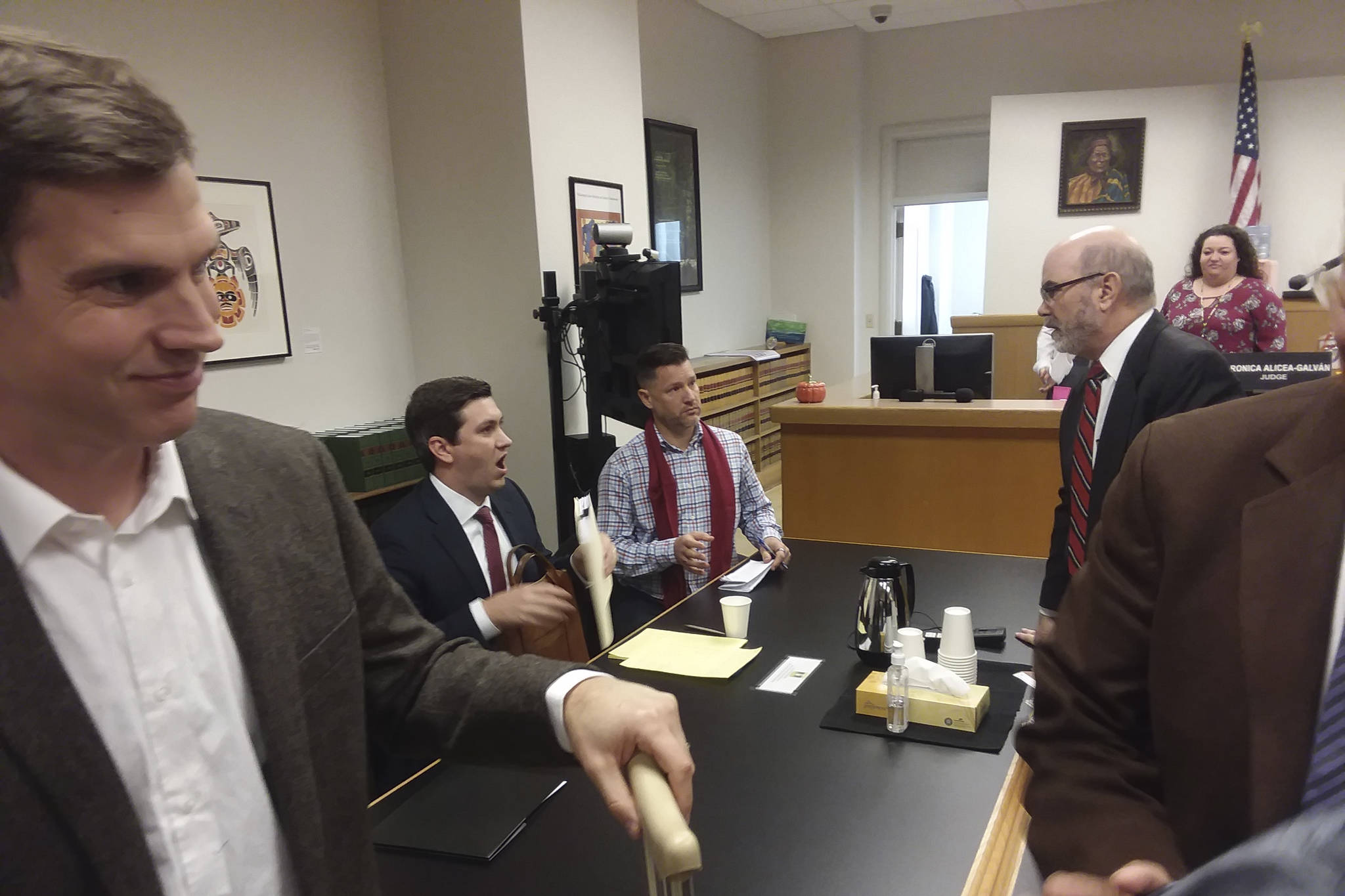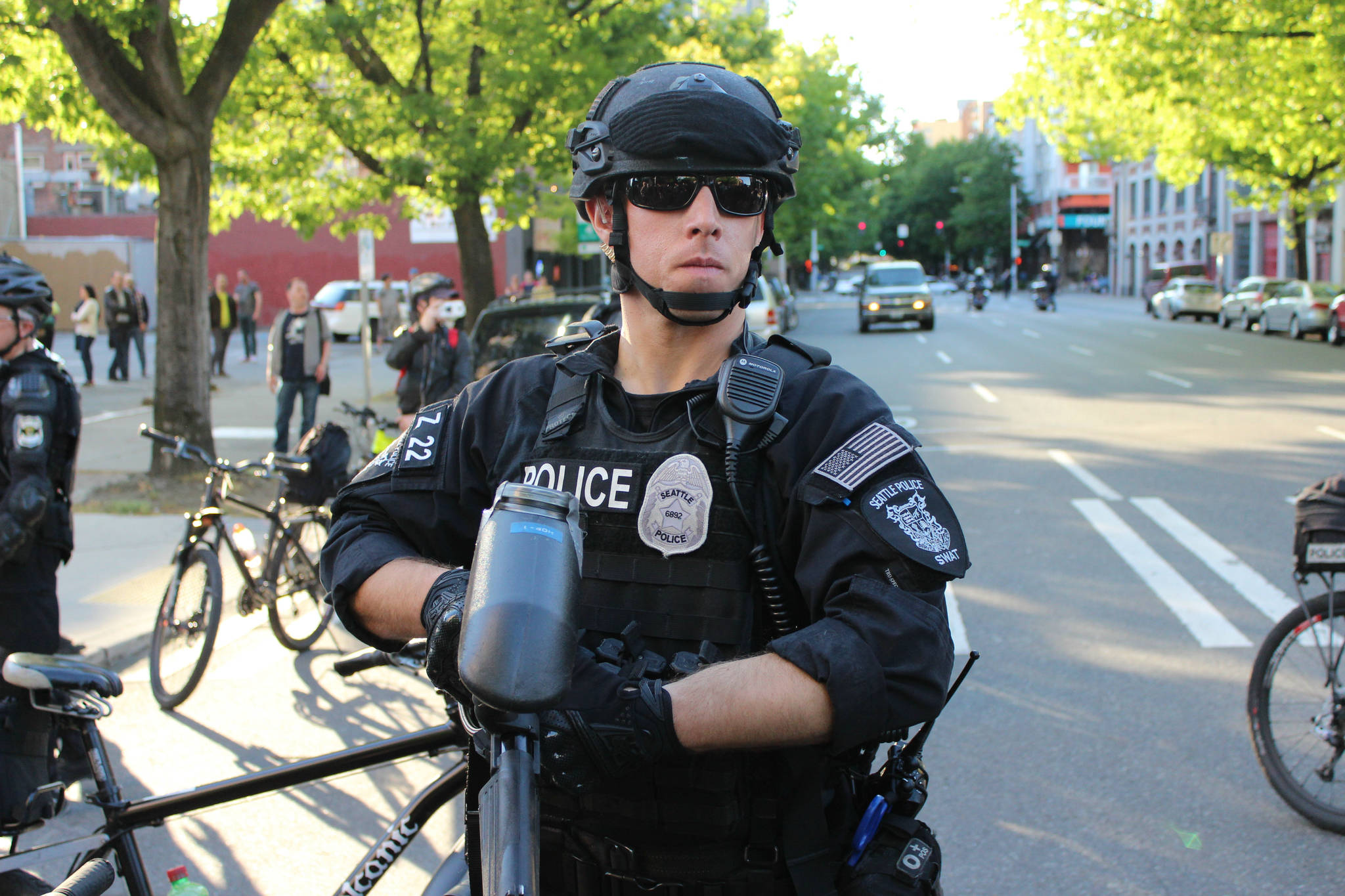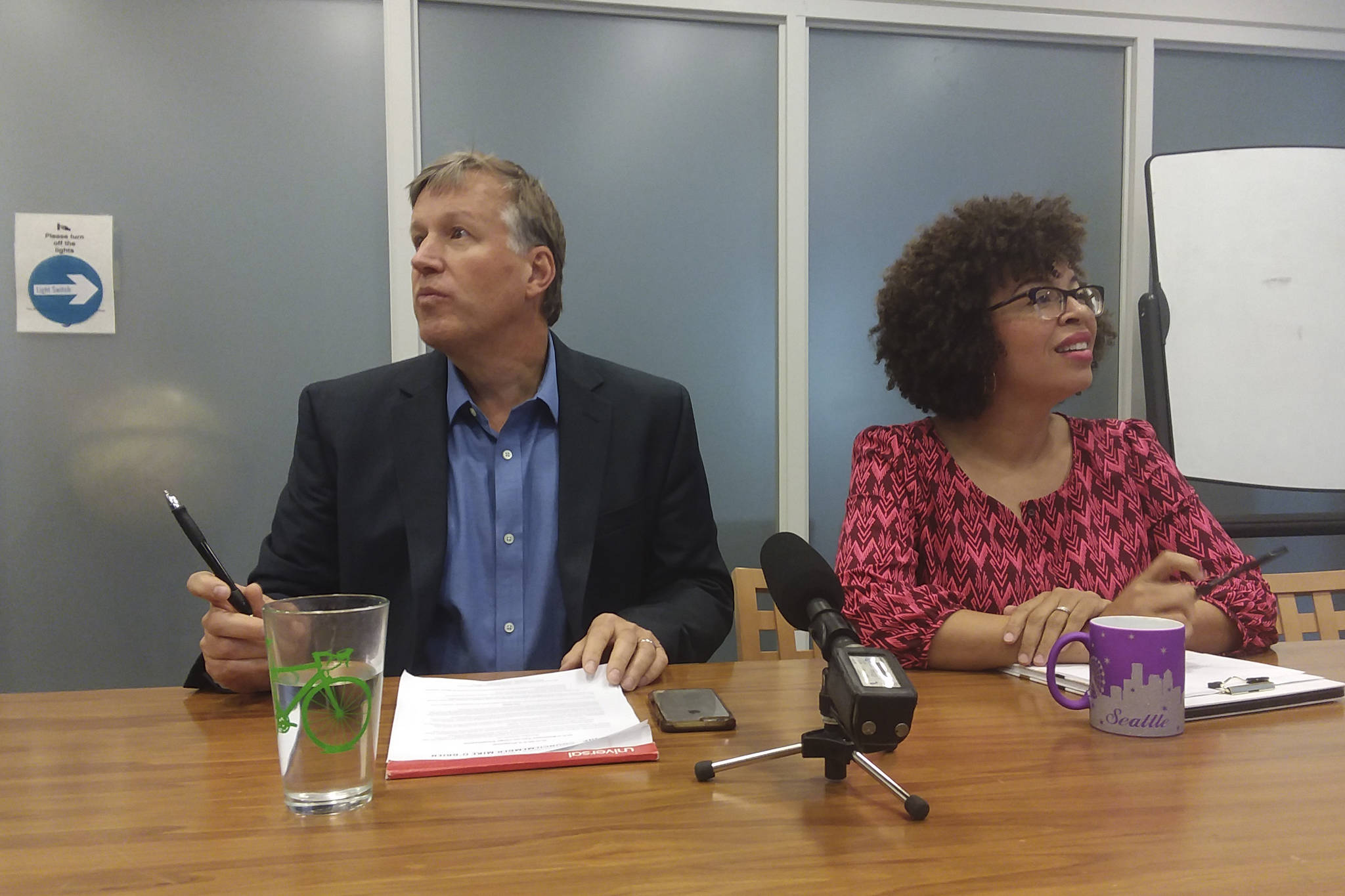UPDATE January 4, 2016: Today the Affordable Housing, Neighborhoods and Finance committee approved the plan to give the old Fire Station 39 to LIHI for development into affordable housing and a preschool. Chair Tim Burgess and Lisa Herbold were the only committee members present, so the vote was easily unanimous. Herbold had this to say: “I want to extend my thanks to LIHI for their persistence and tenacity throughout these many years…It really is a testament to the vision of the organization and to Sharon [Lee], your director.”
ORIGINAL POST: In November 2010, the Nickelsville homeless encampment was facing eviction from its location in the University District. So they packed their pink tents and, with then-Mayor Mike McGinn’s blessing, moved up to an old fire station in Lake City, where they stayed for half a year. Tomorrow, city council will meet about giving the old station to the Low Income Housing Institute for redevelopment into affordable housing units and a preschool.
Located at 30th Ave NE and NE 127th St, the site’s evolving identity reflects the changing status of homelessness. The firehouse was originally built in 1949, the same year the federal government created a loan program to finance rural affordable housing. These were the halcyon days of the post-WWII economic boom, when inequality and unemployment (and therefore homelessness) were relatively low. It was a time when the social safety net was growing.
Starting in the 1980s, federal budget cuts continuously eroded that safety net, thus creating the phenomenon of mass homelessness that we see around us today. Fast forward to 2010, when a new Fire Station 39 opened. By then, Seattle’s homeless population numbered in the thousands. With the old station now redundant, the Office of Housing put out a request for proposals for what to do with it. LIHI applied, beginning a multi-year process of which tomorrow’s meeting is one part. In the meantime, McGinn—who’d already begun pushing for city-sponsored homeless encampments, over the objections of city council—opened up the old station to Nickelsville. “The current recession has cost many people their jobs, and, as a result, a place to live,” he wrote in November 2010. “On top of that, we’re expecting really bad weather this winter — so we’re truly facing an emergency here.”
Nickelodeons rode out that bad winter weather at the old fire station before moving to West Seattle in May 2011. Meanwhile, the gears of city government began moving LIHI’s application through the Seattle process—slowly.
“It’s unbelievable how long it’s taken,” says LIHI director Sharon Lee. While she’s pleased to see things moving now, she says, the old fire station “could have been developed into affordable housing five years ago.” Lee says the Murray administration is working on speeding up the process for transforming excess city land into affordable housing.
On Tuesday at 9:30 a.m. Tim Burgess’ Affordable Housing, Neighborhoods and Finance committee will hear from LIHI and mayoral staff about the redevelopment plan. According to council documents, the project will contain 70 units in total: 15 one-bedroom units, 25 two-bedroom units, 5 three-bedroom units, 5 open one-bedroom units, and 20 studio units. All units will go to renters earning between 30 and 60 percent of area media income. Since Seattle’s AMI is about $90,000, the most a renter could earn in a year is about $54,000. On the ground floor, the Refugee Women’s Alliance will run four preschool classrooms for 70 to 80 toddlers. The site is just around the corner from a community center and public library. LIHI says they expect to start construction by June 1 this year and to open by September 2018.
This post has been edited to correct the name of the Refugee Women’s Alliance.








